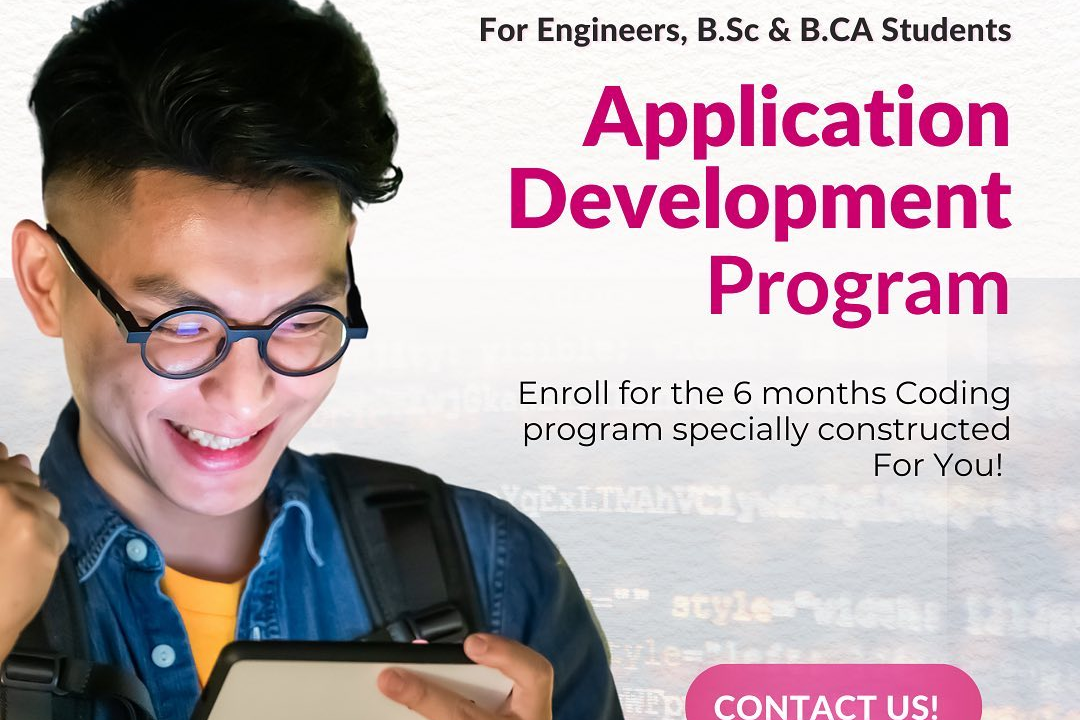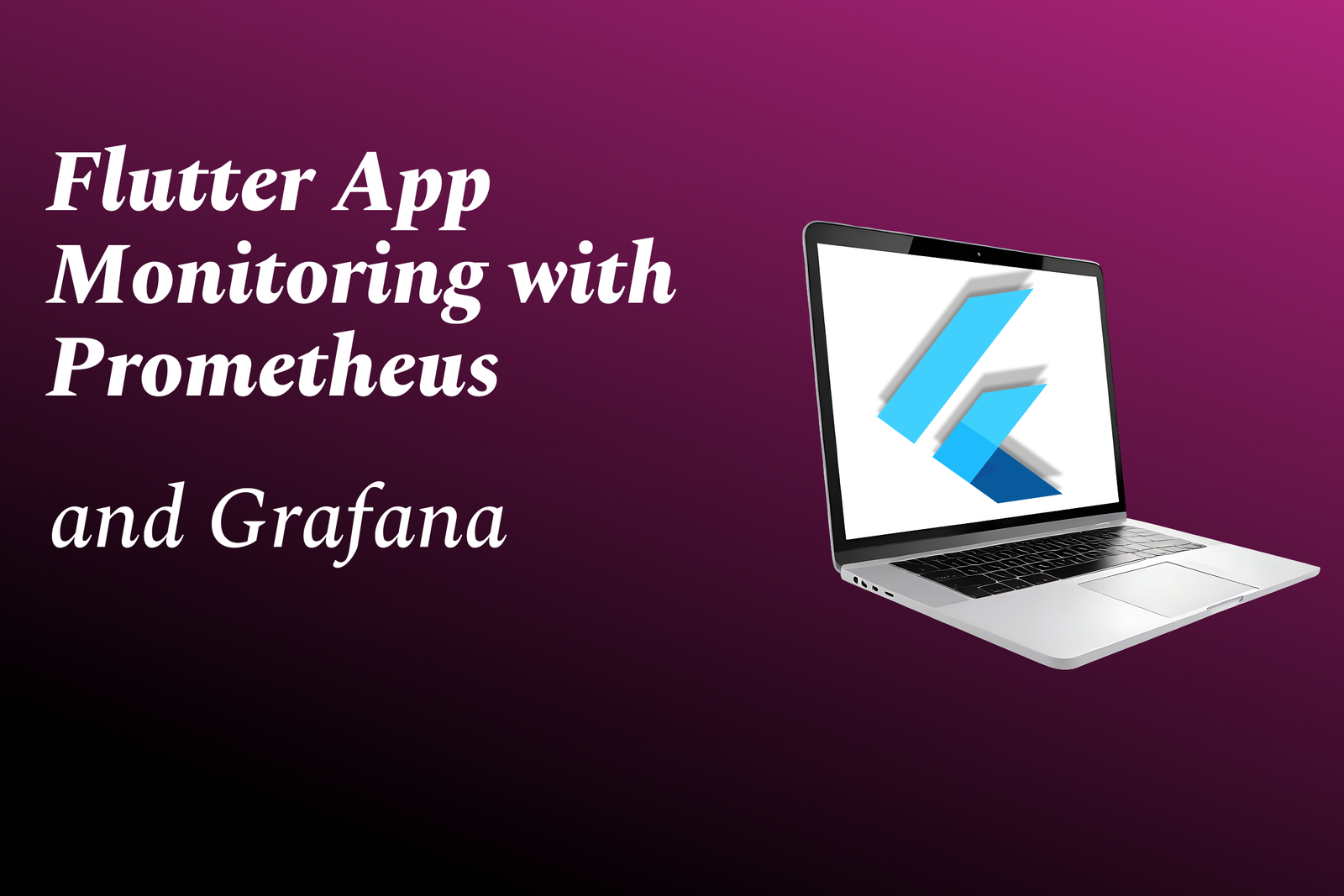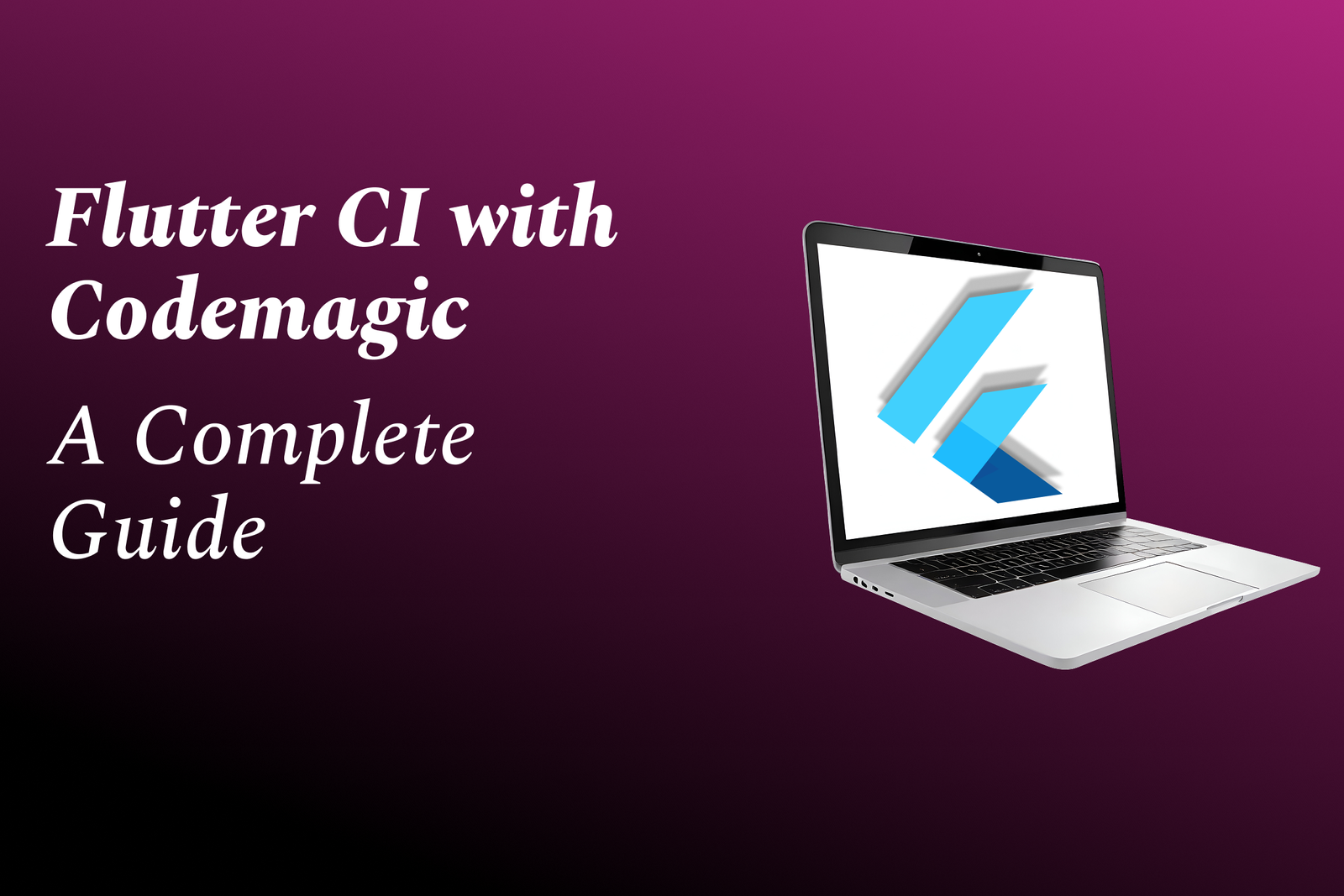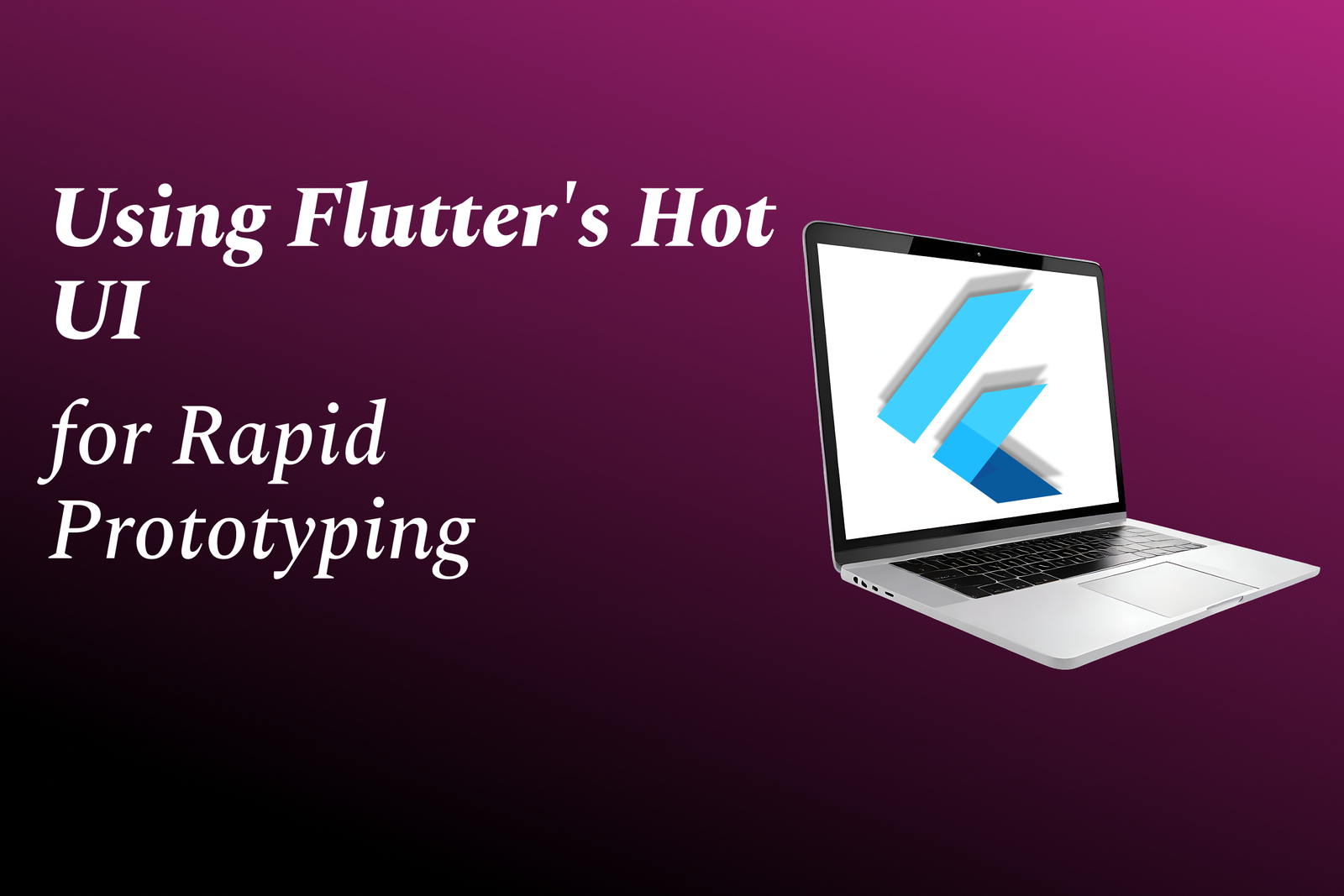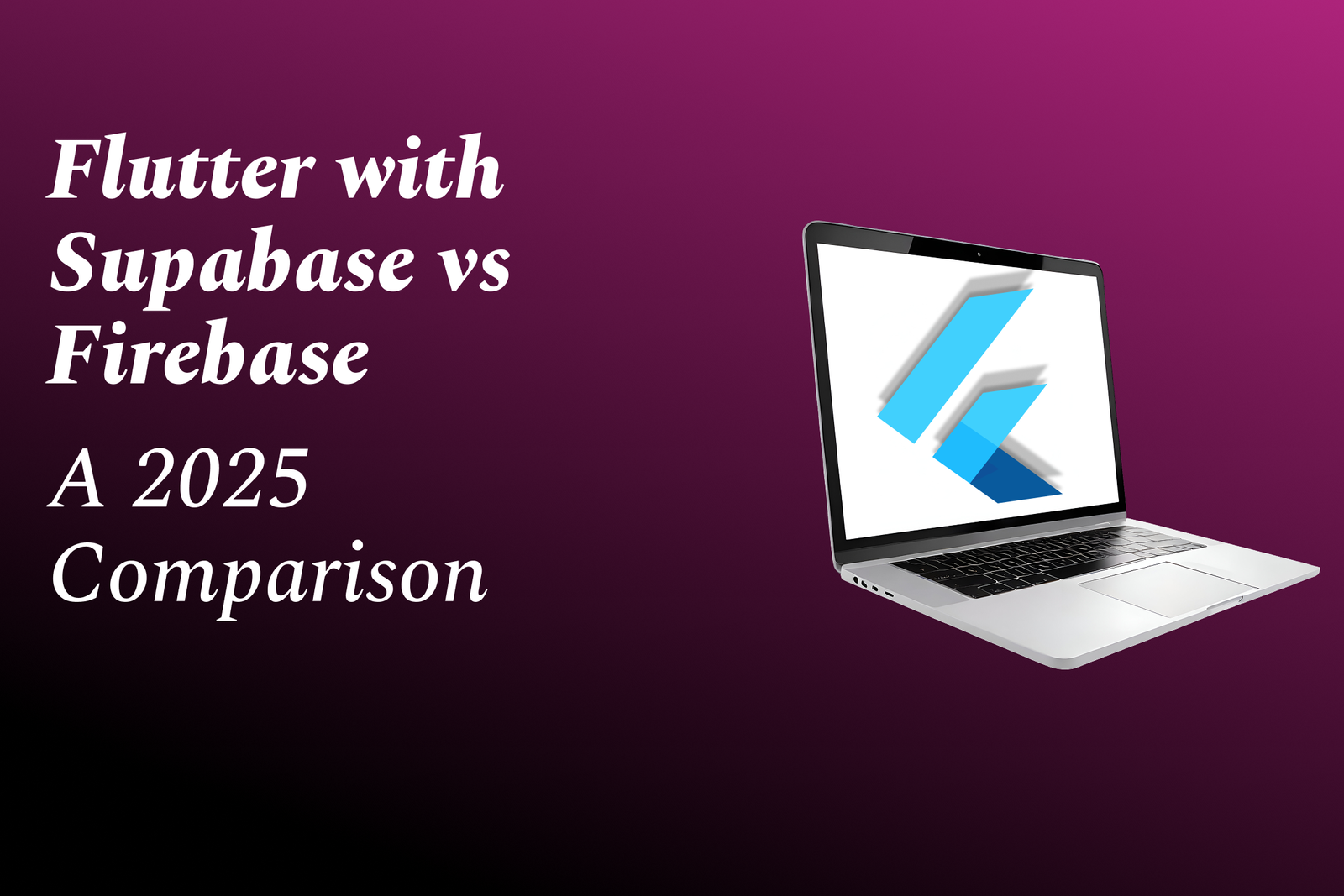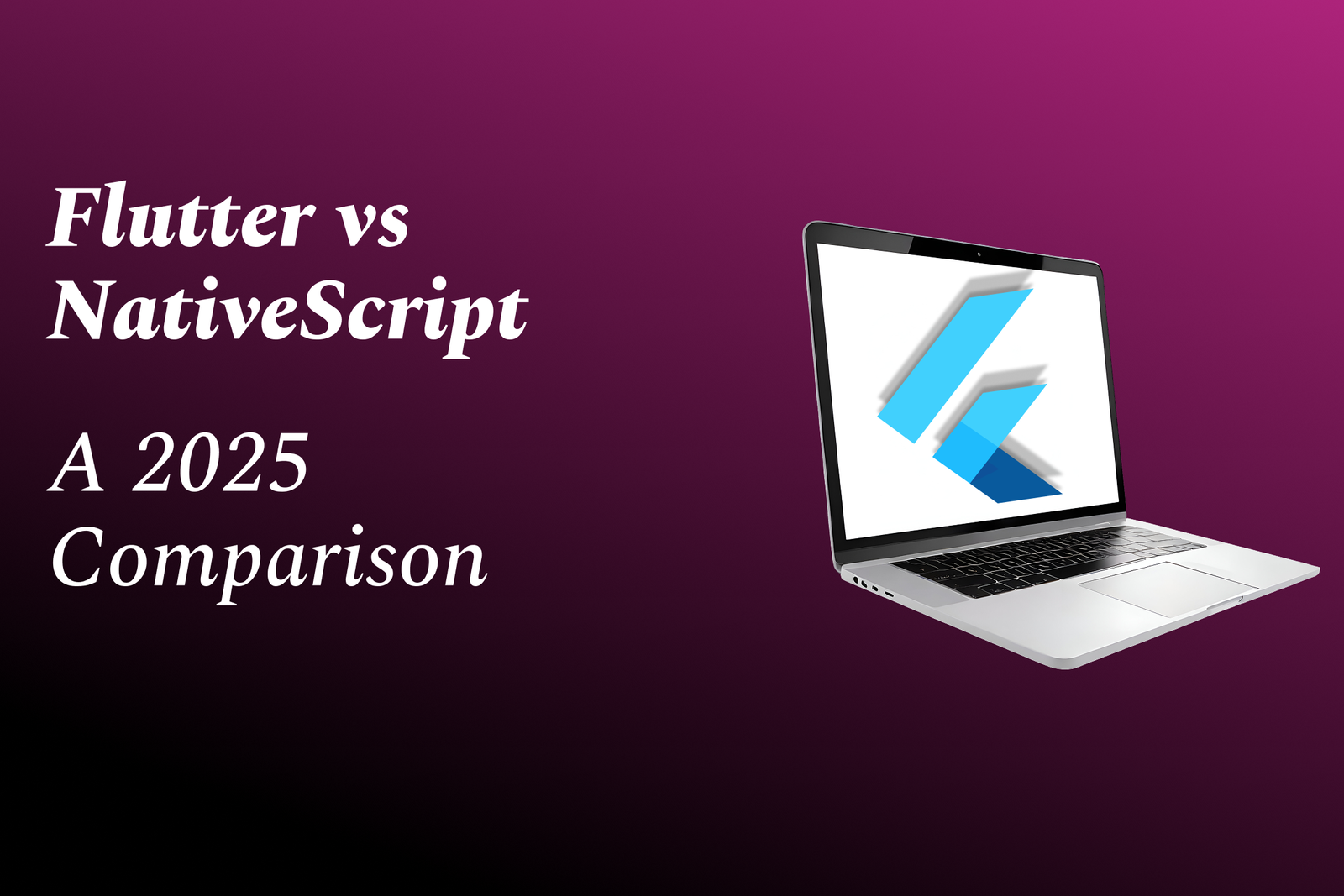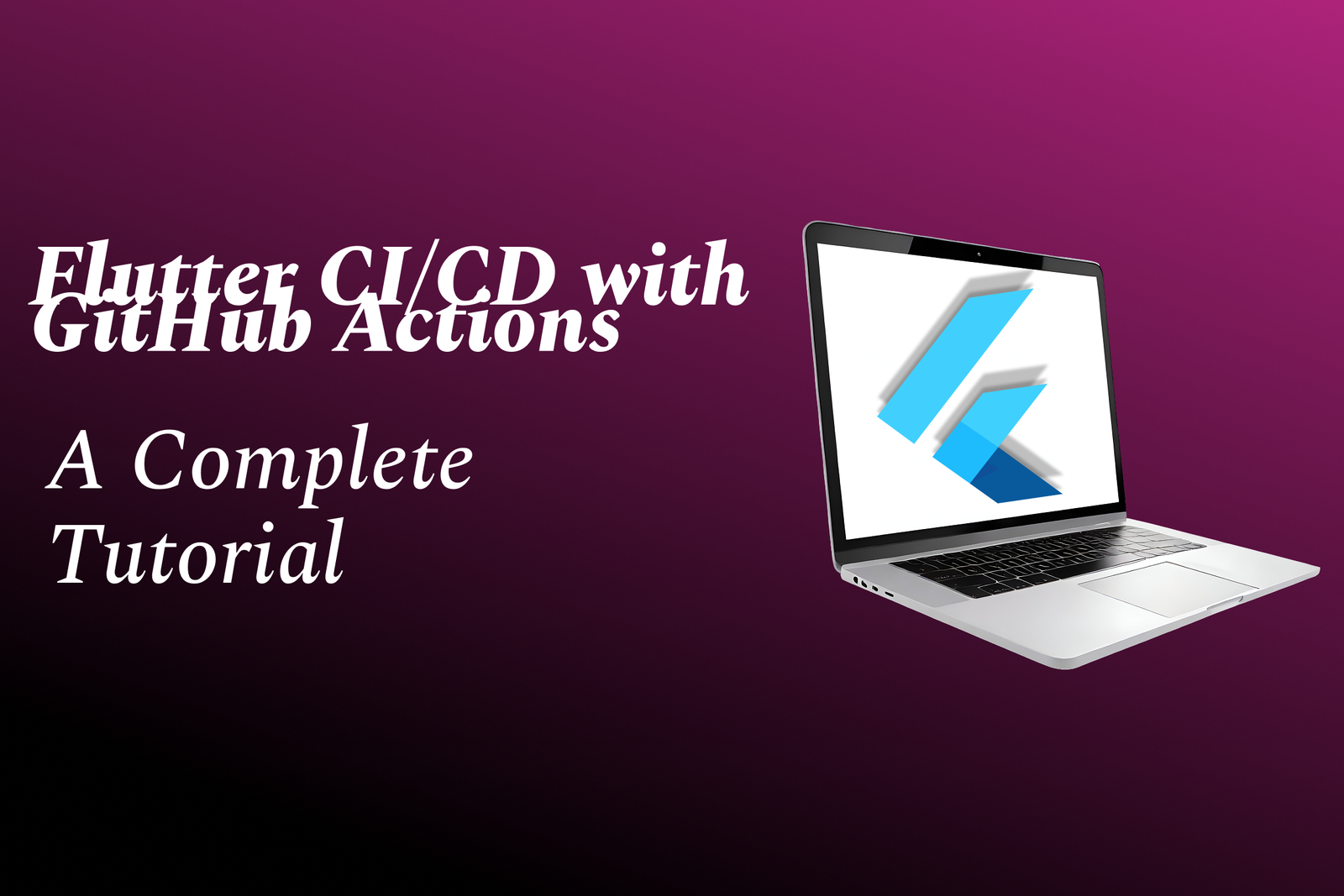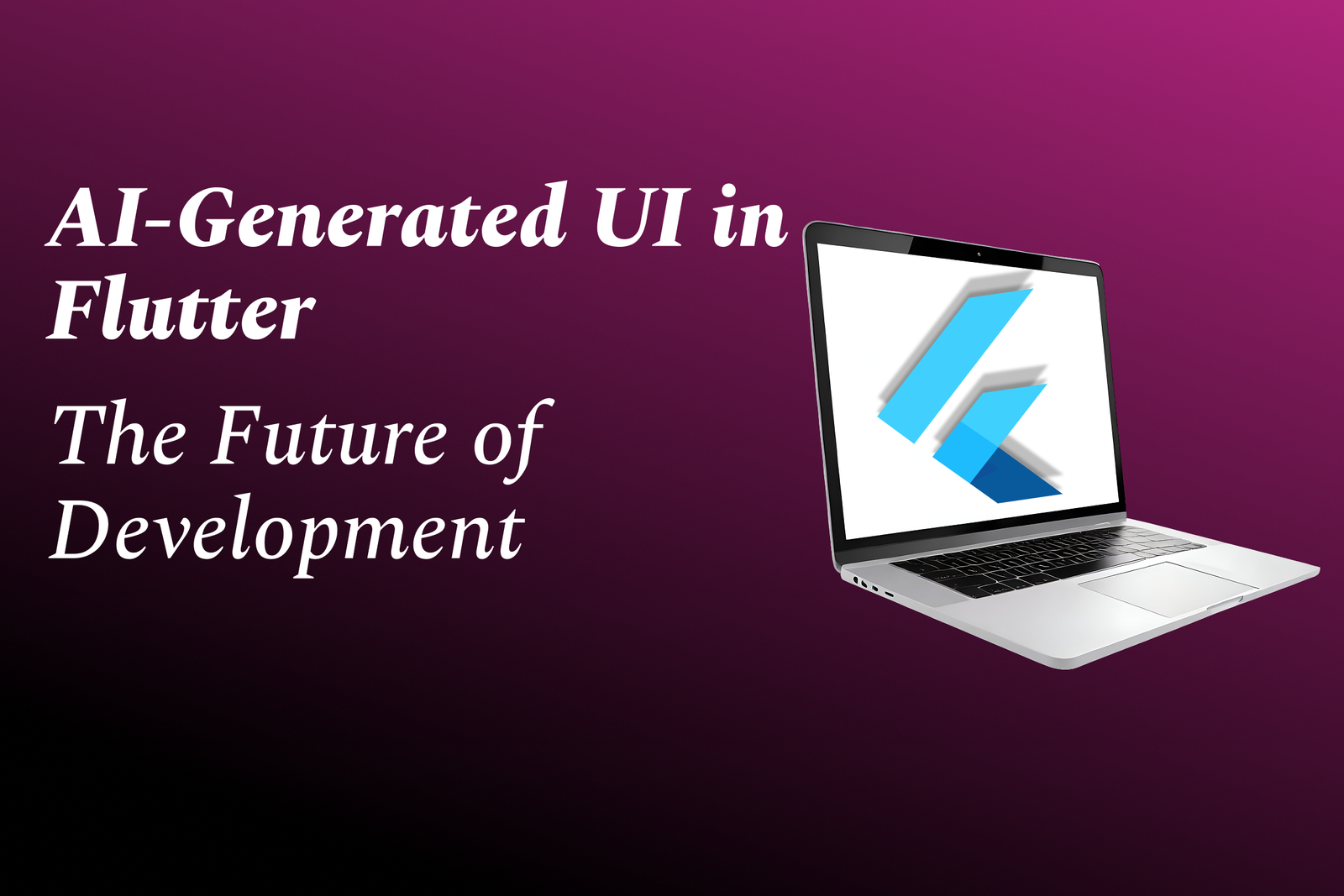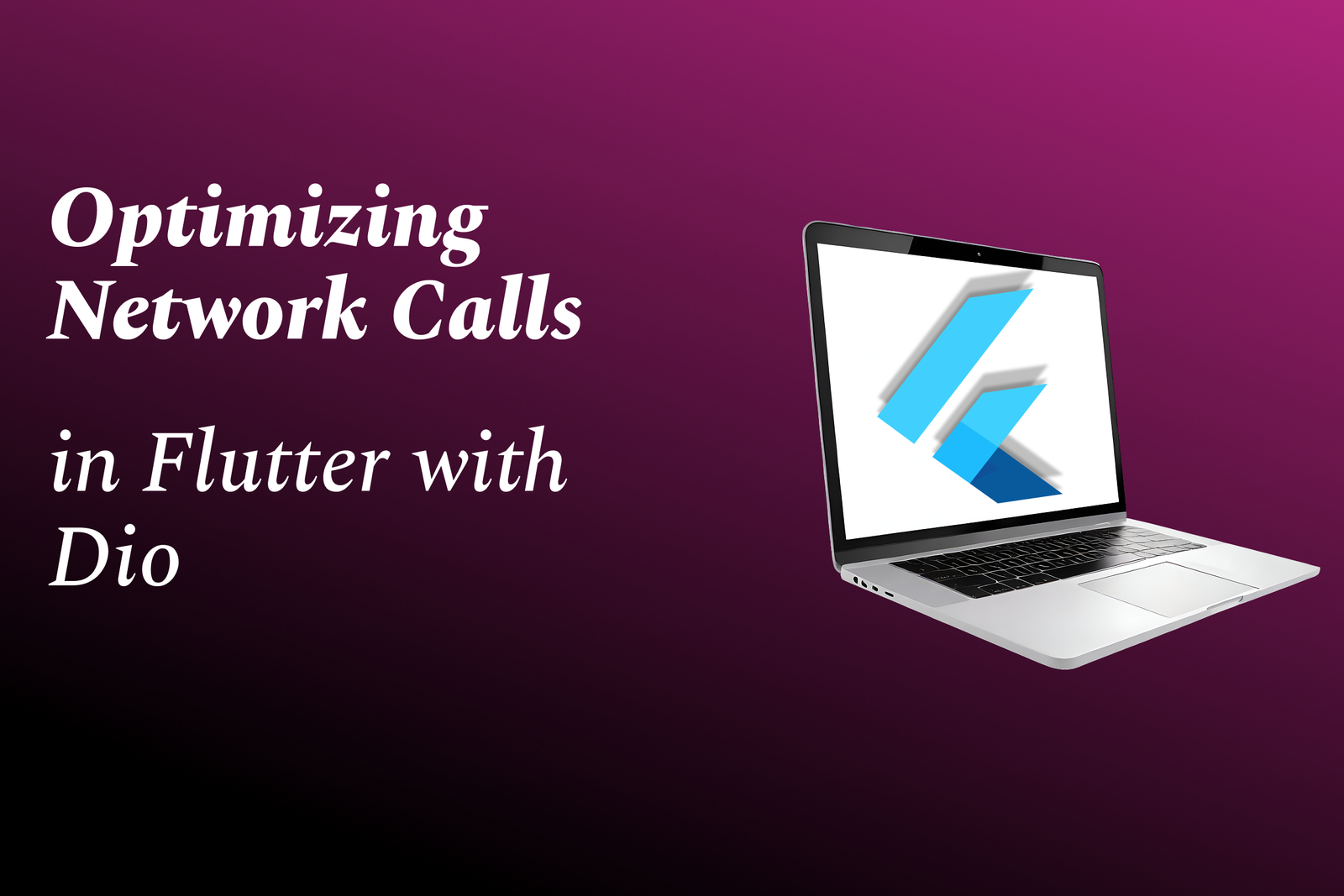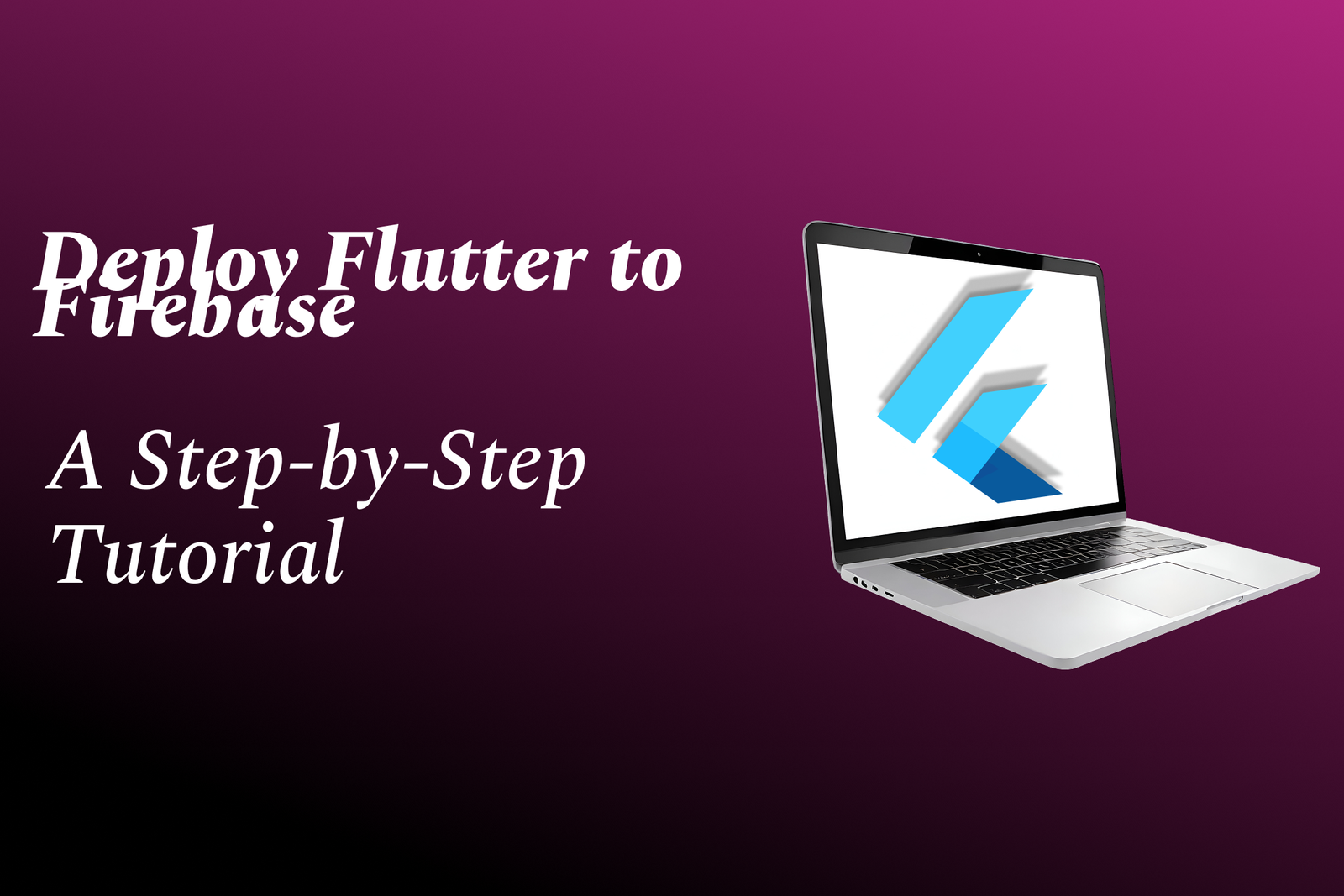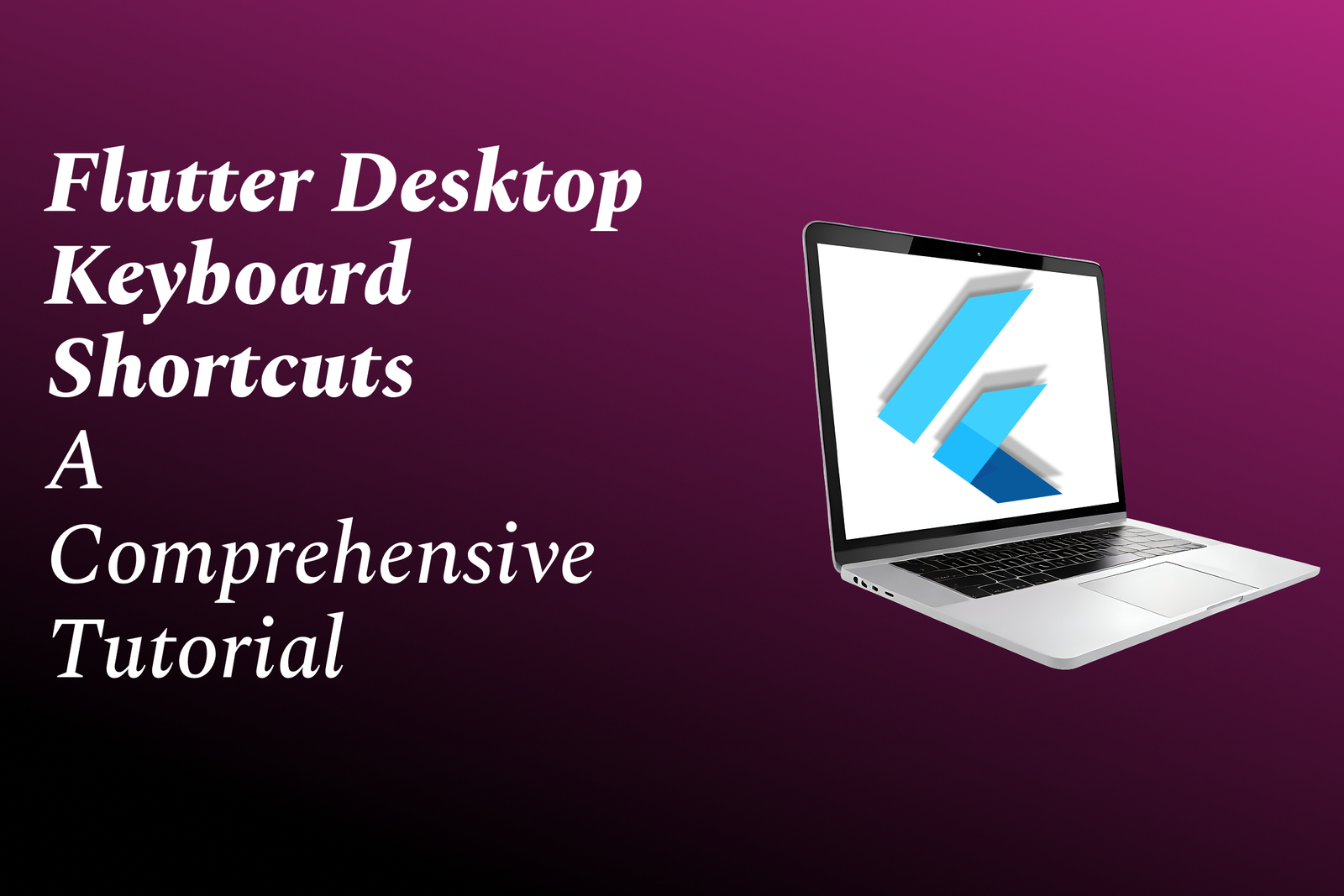Database Management In Android
Optimizing Database Management in Android Applications
Database Management In Android
Database management in Android involves the use of various methods to store, retrieve, and manage data locally on mobile devices. The most common approach is through SQLite, a lightweight and self-contained database engine, which allows developers to create, read, update, and delete (CRUD) data efficiently. Android provides the SQLiteDatabase class to interact with the database using SQL queries. For more complex data structures, developers often use Room, an abstraction layer over SQLite that simplifies database access and provides compile-time checks of SQL queries. Room supports data entities, relationships, and data access objects (DAOs), making it easier to manage structured data and ensuring reliable database operations. Overall, effective database management in Android is crucial for maintaining persistent user data, optimizing performance, and ensuring a smooth user experience.
To Download Our Brochure: https://www.justacademy.co/download-brochure-for-free
Message us for more information: +91 9987184296
1 - Introduction to Databases: Explain what a database is, the importance of data storage and retrieval in applications, and how databases help manage large volumes of data systematically.
2) Types of Databases: Differentiate between relational databases (e.g., SQLite) and NoSQL databases (e.g., Firebase, Realm), discussing when to use each type based on application needs.
3) SQLite Database: Introduce SQLite as the default database for Android applications, highlighting its lightweight nature, serverless architecture, and various data types.
4) Database Schema: Explain how to design a database schema, including tables, columns, data types, primary keys, and relationships between tables.
5) Creating a SQLite Database: Walk through the process of creating a SQLite database using Android's SQLiteOpenHelper class, demonstrating how to manage database creation and version management.
6) CRUD Operations: Teach students about the four basic operations (Create, Read, Update, Delete) that can be performed on the database. Provide code examples using the SQLite database.
7) Data Access Objects (DAOs): Explain the concept of DAOs and how they provide an interface for accessing data in a clean and organized way.
8) Using Content Providers: Introduce Content Providers as a way to share data between applications. Discuss how to create and query a content provider in Android.
9) Asynchronous Database Operations: Teach students about performing database operations asynchronously using AsyncTask or Kotlin Coroutines to avoid UI thread blocking.
10) Room Persistence Library: Discuss the Room library, its advantages over raw SQLite, and how it provides compile time checks and creates a higher level abstraction over SQLite.
11) Entity Classes: Explain how to define Entity classes in Room, including annotations for persistent fields and relationships between entities.
12) DAO Interfaces with Room: Have students create DAO interfaces using Room to represent database operations, emphasizing the use of annotations for methods (e.g., @Insert, @Query).
13) Database Migration: Discuss the importance of database migrations when making changes to the schema. Explain how to implement migrations in SQLite and Room.
14) Accessing Data with LiveData: Show how to use LiveData in conjunction with Room to reactively update UI components when data changes, reinforcing the MVVM architecture.
15) Testing Databases: Teach strategies for testing database interactions, including using SQLite databases in a testing environment and unit testing DAO methods.
16) Data Security and Encryption: Discuss data security practices, including how to implement encryption for sensitive data stored in local databases.
17) Performance Optimization: Provide tips for optimizing database performance, including indexing, query optimization, and avoiding memory leaks during database operations.
18) Real world Applications: Present case studies or examples of real world Android applications that utilize database management effectively, illustrating best practices in design and performance.
19) Hands on Projects: Encourage students to engage in hands on projects where they build simple apps with database interaction, reinforcing concepts learned during the training.
By following these points, students will have a comprehensive overview of database management in Android, as well as practical knowledge and skills for their future development projects.
Browse our course links : https://www.justacademy.co/all-courses
To Join our FREE DEMO Session: Click Here
Contact Us for more info:
Flutter Training in Ranchi
Flutter Training in Wani
ADVANCED JAVASCRIPT TUTORIAL
iOS training in Warud
python training near me
